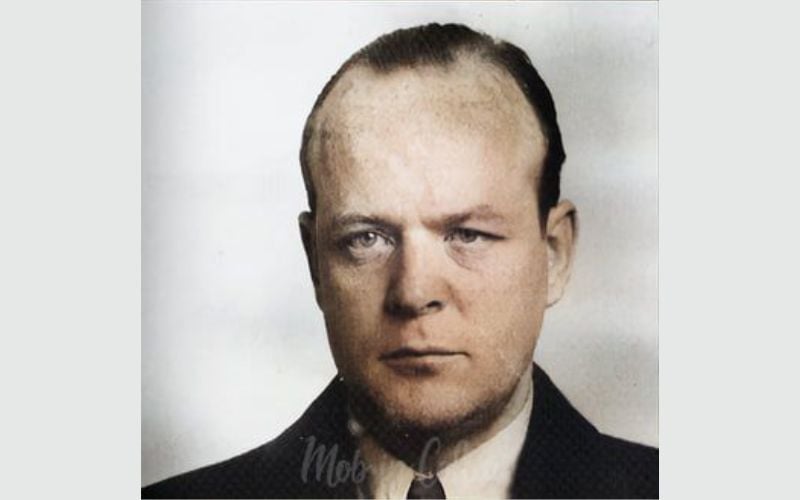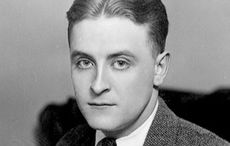| RTE sports anchor Colm Murray |
The documentary on Colm Murray, RTE's sports anchor, promised to be must-see viewing, and yet extraordinary difficult.
A documentary about Colm Murray, the much-loved veteran RTE sports broadcaster and horse racing specialist was always going to be an interesting watch, but the circumstances under which it was made tinged it with real pathos.
A couple of months ago Colm went on the Late Late Show and announced that he had motor neurone disease, also known as Lou Gehrig’s disease after the Yankees player who died of MND aged 37.
Gehrig is well known for his emotional “Luckiest man in the world” speech in front of a rapturous crowd upon his retirement, and in a sense this documentary was Murray’s equivalent to a heartfelt speech on the diamond.
Gehrig is well known for his emotional “Luckiest man in the world” speech in front of a rapturous crowd upon his retirement, and in a sense this documentary was Murray’s equivalent to a heartfelt speech on the diamond.
___________________
READ MORE:
Martin Sheen proud as he discovers his family’s strong IRA past
‘Anonymous’ hacks phone call between FBI and Scotland Yard over Irish intelligence sharing
Dublin’s dolls hospital and teddy bears clinic, the DollStore, to close – VIDEO
_________________
READ MORE:
Martin Sheen proud as he discovers his family’s strong IRA past
‘Anonymous’ hacks phone call between FBI and Scotland Yard over Irish intelligence sharing
Dublin’s dolls hospital and teddy bears clinic, the DollStore, to close – VIDEO
_________________
The show tracked the methods in which he was living with and attempting to control the disease, including his participation in a trial for a new drug that could be of significant help, and his trips to a speech therapist.
For me, this proved the hardest to watch. It seemed especially cruel that a broadcaster with a voice the whole nation knows would have that taken away from him, especially as within weeks of announcing his condition he was reporting sports news from behind his desk in a wheelchair. The dramatic way in which his life has changed in such a short few months has shocked and saddened the whole country.
But, in spite of the terrible hand he’s been dealt, Colm wasn’t willing to give in to fatalism. Instead he soldiers on, trying to find a cure, trying to keep himself the best he can and live the best life he can.
For years, Colm Murray was not just a familiar face and voice but a quiet hero of Irish life, dutifully reporting on the sporting moments that have coloured the nation, all without ever putting a step wrong. It is with that same quiet heroism and positive attitude that he battles motor neurone disease. The whole country is willing him on.




Comments